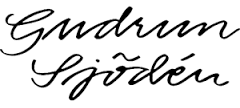The negative effects of fast fashion are becoming more and more well known which is why we're all about sustainable clothing and brands here at Gathered. Gudrun Sjödén is a wonderfully green brand that creates gorgeous, timeless clothing that we love! Sourced responsibly and created using traditional craft methods, they've embraced the world of craft into their clothing lines, especially in their new Autumn new collection. Not only is the Autumn collection made from organic cotton, pure linen, and recycled fibres but it's inspired by the ancient Japanese Boro - a technique that's both beautiful and eco-friendly. Before we introduce you to Gudrun Sjödén's new collection we thought we'd explain what Boro is, why it's great and how it's inspiring clothing brands in the 21st century. So without further ado, here's your mini-guide to Japanese Boro. Just be prepared to become obsessed with it like us!
What is Japanese Boro?
The word Boro (ぼろ) refers to the art of mending an item or patching textiles together to make something new. The term Boro originates from "boroboro" which means something tattered or repaired. Dating back to 1603, Boro was originally a technique used by the working class to create or repair work clothing. They'd often layer multiple scraps to make the garments warmer and it would create a patchwork effect that's woven together with sashiko stitching. Many working-class people grew, spun, dyed (using indigo dyestuff), and wove their own clothing as it was more affordable than buying the material new. However, in the 21 century, Boro has resurfaced in popularity thanks to its sustainability and beautiful look.
What is Japanese Boro stitching?
Any type of stitch can be used for Boro but traditionally sashiko stitching is used. Sashiko stitching is a simple running stitch and is great for visible mending. Nowadays sashiko is used decoratively, white thread is used to contrast against the indigo material and stitched to make various patterns. You'll often see sashiko stitching as parallel lines across a garment but crosses, pluses, boxes, and intersecting lines are all used to add extra detail.
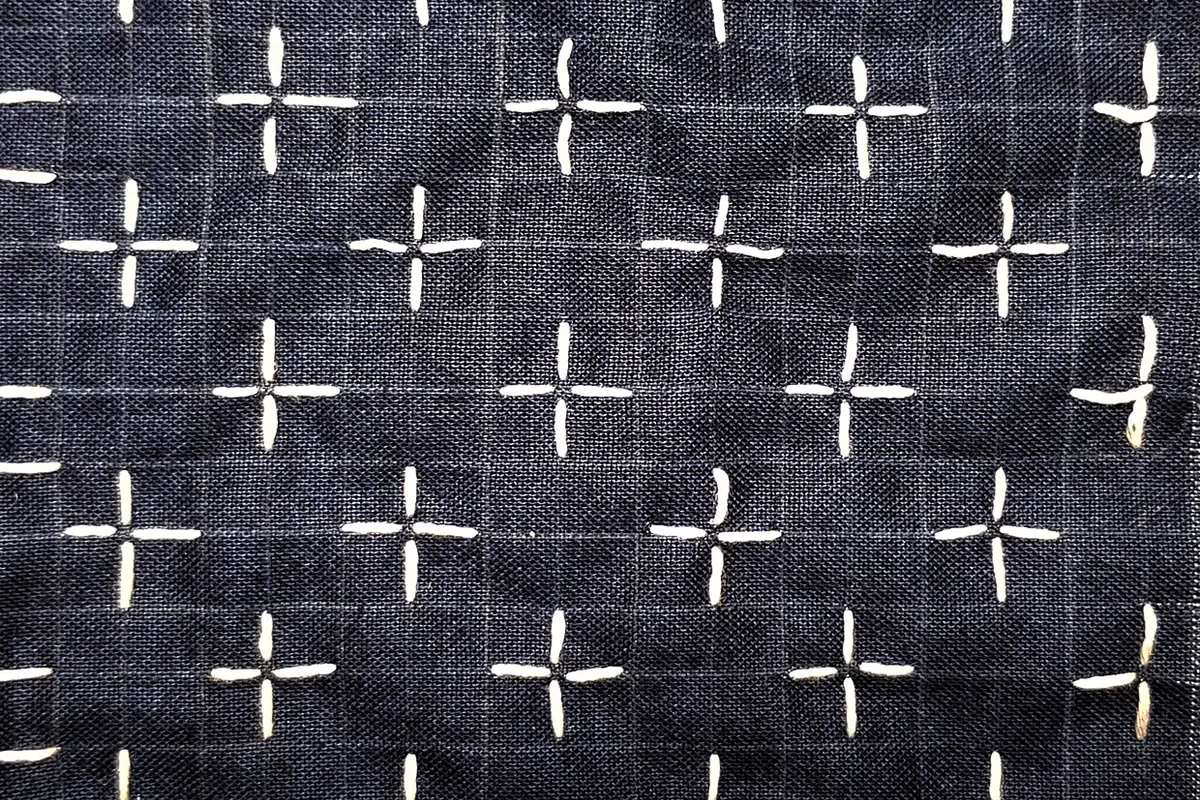
Why is Japanese Boro sustainable?
Boro relates to the Japanese philosophy of 'mottaini'. Mottaini is a belief which centers around wasting nothing of value and as we know every piece of fabric has value! Boro focuses on mending items and creating new from old which are great for both the planet and your bank balance. By stitching items back together you're repurposing and upcycling instead of buying them new, going against the fast fashion industry. Boro allows you to treasure your most loved pieces for years to come and to hand them down to younger generations. It's a wonderful, slow fashion technique that adds unique detail and love to all your clothes.
Japanese Boro and Gudrun Sjödén
Gudrun Sjödén's new collection has embraced the art of Boro along with the message of slow fashion. They've been particularly influenced by the patchworking aspect of Boro. Many of the pieces in the Autumn collection have a patchwork effect, mixing different colours and patterns to give them a more handmade feel. Each piece is made to last and to be treasured for years to come.
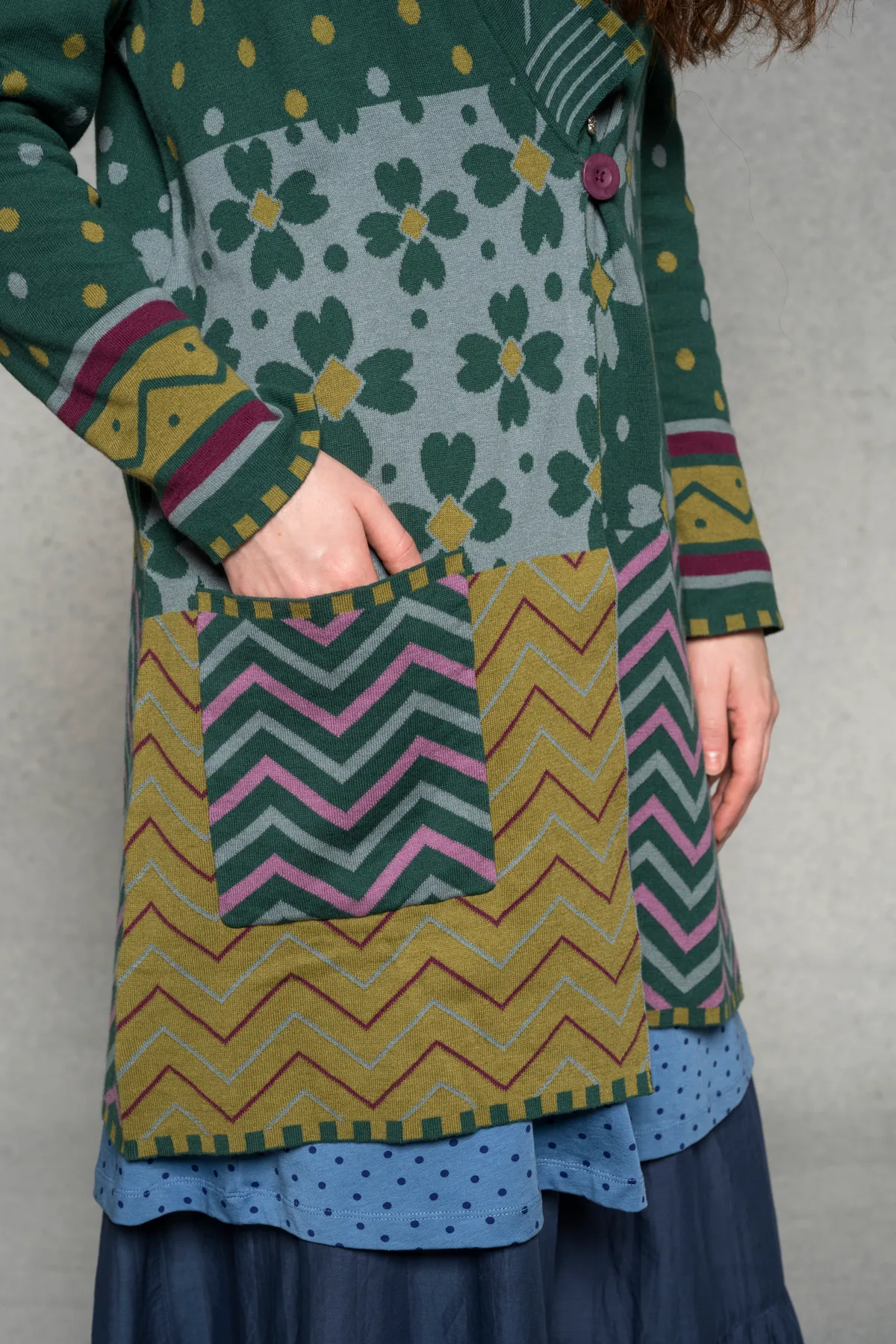
Gudrun Sjödén's Autumn collection
Here's a few more of our favourite pieces from the Autumn collection. You can shop all these pieces at Gudrun Sjödén. Welcome to the world of sustainable fashion!
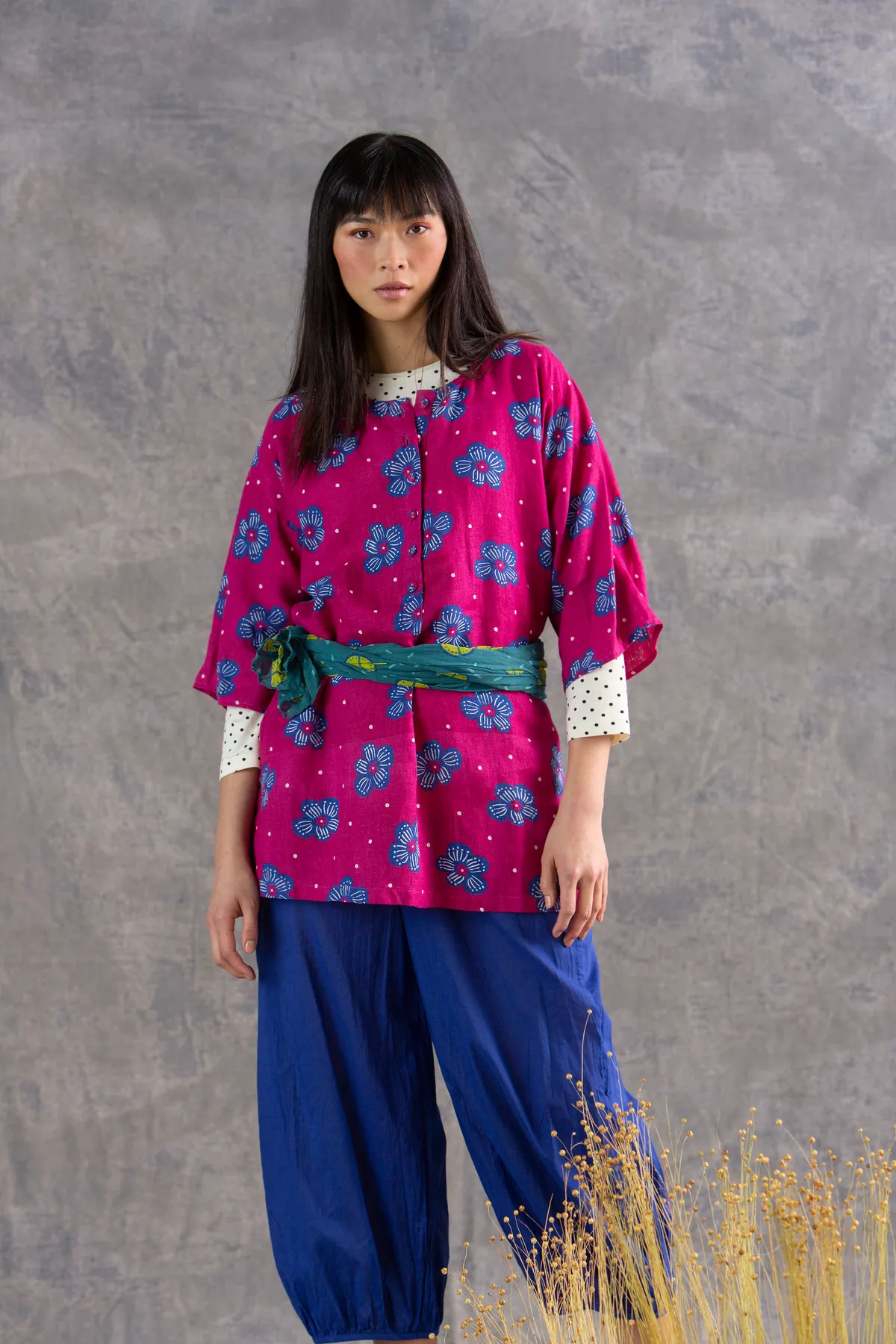
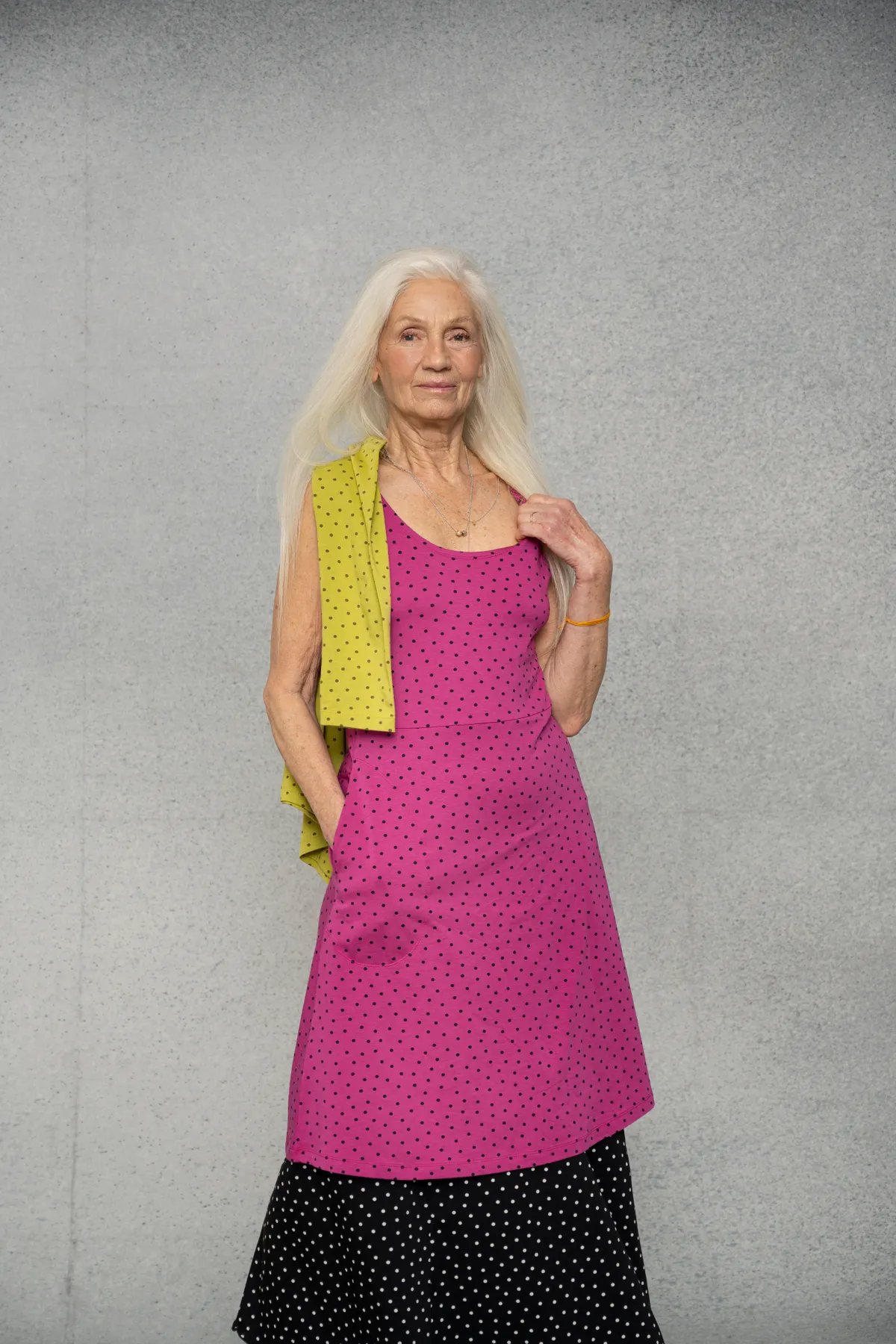
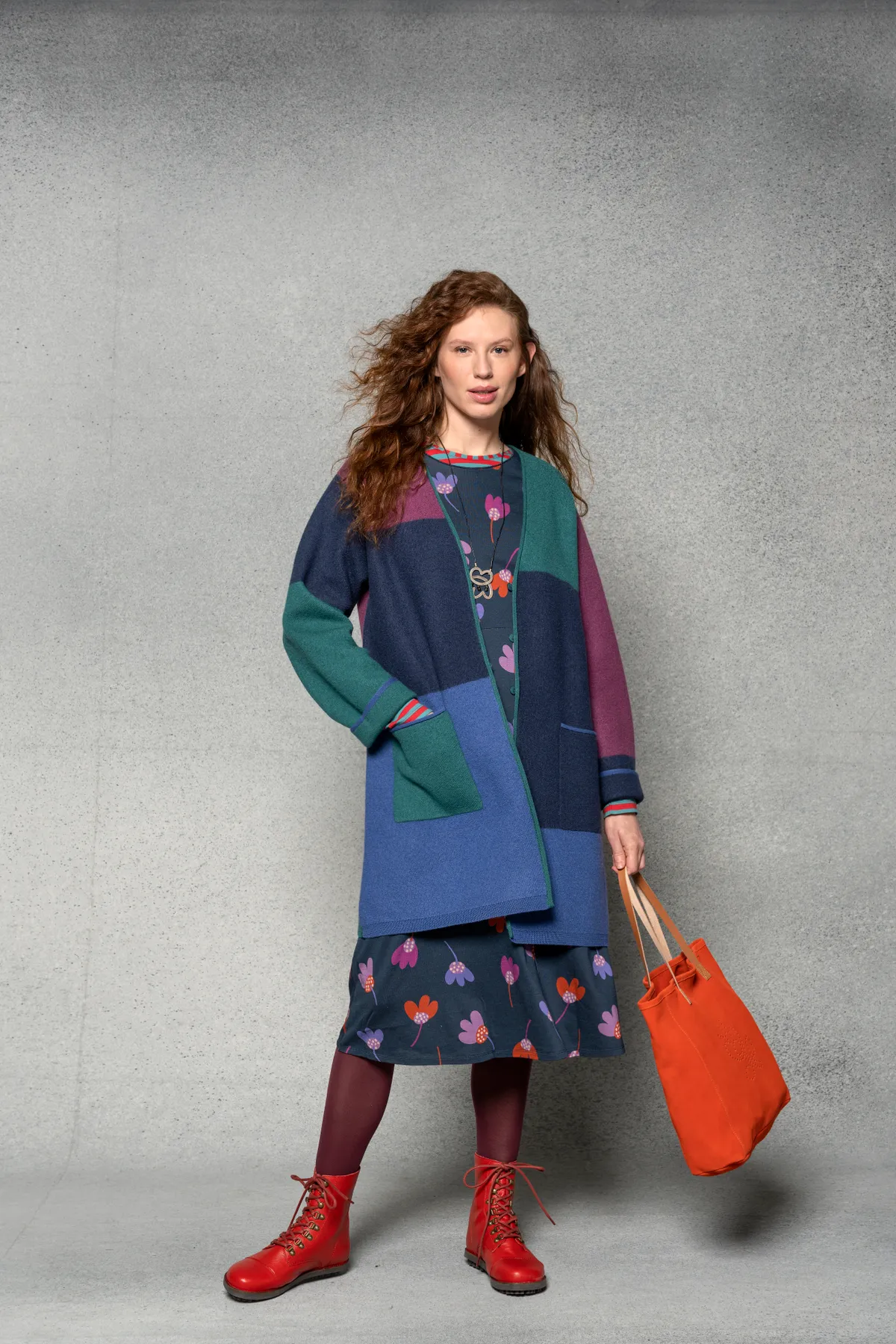
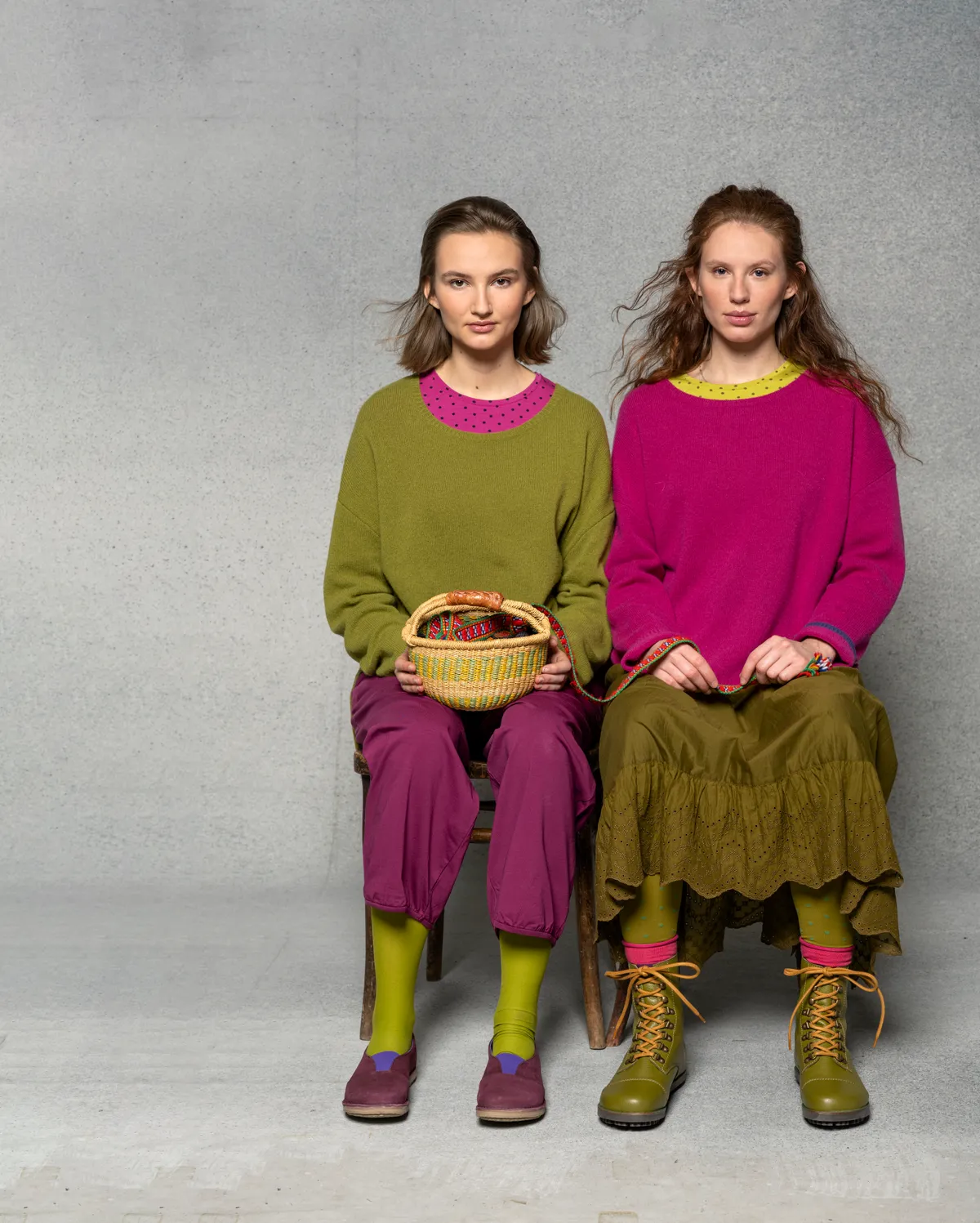












We hope you've enjoyed our guide to Japanese Boro with Gudrun Sjödén. Make sure you check out their online shop and follow them on Instagram, Facebook and Twitter.
